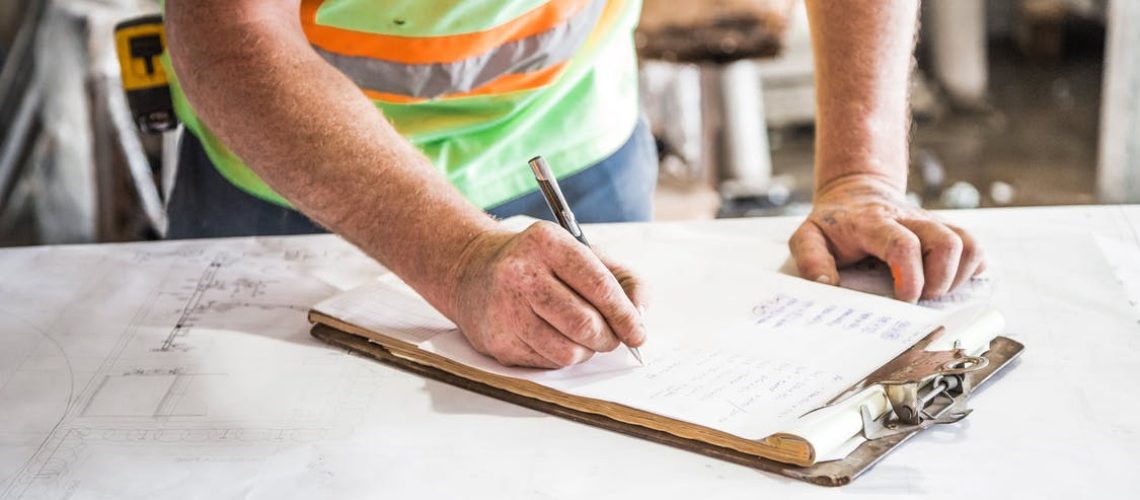Vehicle inspections offer an opportunity to take a close look at some of our vehicle’s components to determine if they are functioning at satisfactory levels. Some states mandate yearly inspections that are designed to ensure that emission and safety standards are being met by the vehicle undergoing the process.
Vehicles represent a substantial financial investment and it is in the owner’s best interests to protect it. While a full emissions inspection requires the skills and tools of a trained mechanic, owners can take some simple steps to keep their vehicle in top condition. This is equally important for both individual owners and those who own or operate fleets of vehicles.
There are a number of basic maintenance tasks that can be addressed by an individual vehicle owner or operator. Regularly performing an inspection of this type will give you the peace of mind that your ride is in good working condition and might save you some money by avoiding emergency repairs.
Preparation for a Vehicle Inspection
You will need a few items to successfully perform a vehicle inspection. They are:
- Tire pressure gauge
- Flashlight
- Rag or paper towels
- Power steering fluid
- Brake Fluid
- Engine coolant
- Window washer fluid
Let your car cool down if it was recently operated or perform the inspection before driving for the day.
Performing the Inspection
The inspection focuses on the level of critical fluids in your vehicle, its tires, and some easily observable components found under the hood. Let’s start with a look at what you need to inspect regarding your tires.
You need to make sure your tires are filled to the recommended air pressure. This information is usually found on a sticker located on the inside of the driver’s door. Often overlooked is the spare tire, and you should ensure that it is filled to specifications or it may be useless when you need it. The final check is on tread wear. A tire depth gauge that indicates 3/32 or less of tread means new tires are in order. Check your windshield wipers as well and replace them if they are cracked or torn.
Next, you will be going under the hood. Check your air filter and if it’s very dirty, replace it. Look at your battery and see if there is any corrosion on the terminals. If so, you may be close to needing a new battery. Your drive belt is the most important belt in the car so check it thoroughly for wear or cracks. If necessary, get it replaced before any long trips. Radiator hoses that are not firm when squeezed indicate that they are becoming worn out.
The fluid levels of your brake, power steering, coolant, and windshield washing systems all need to be checked and topped off if necessary. This is where the flashlight can be handy to make it easy to discern the current fluid levels. Carefully inspect the four fluid reservoirs and fill them to the recommended fill lines. These fluids are critical to the safe operation of your vehicle and you should always keep them filled properly.
These simple steps can help you avoid situations such as wipers that don’t work in a downpour or improperly inflated tires that negatively impact your fuel consumption. A complete inspection of this type will take less than 15 minutes and can save you a lot of time and money down the road.

